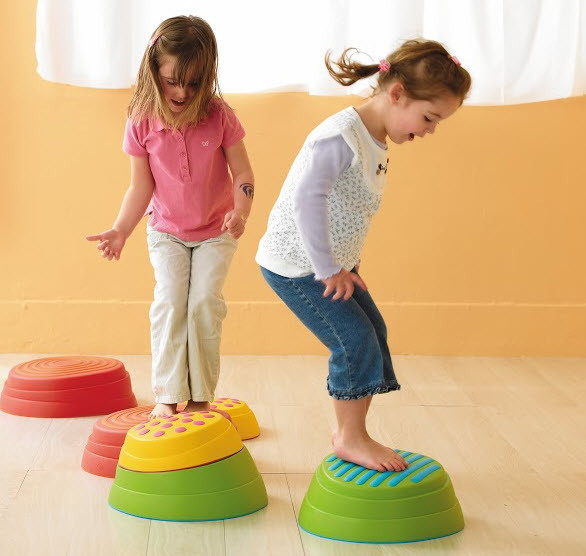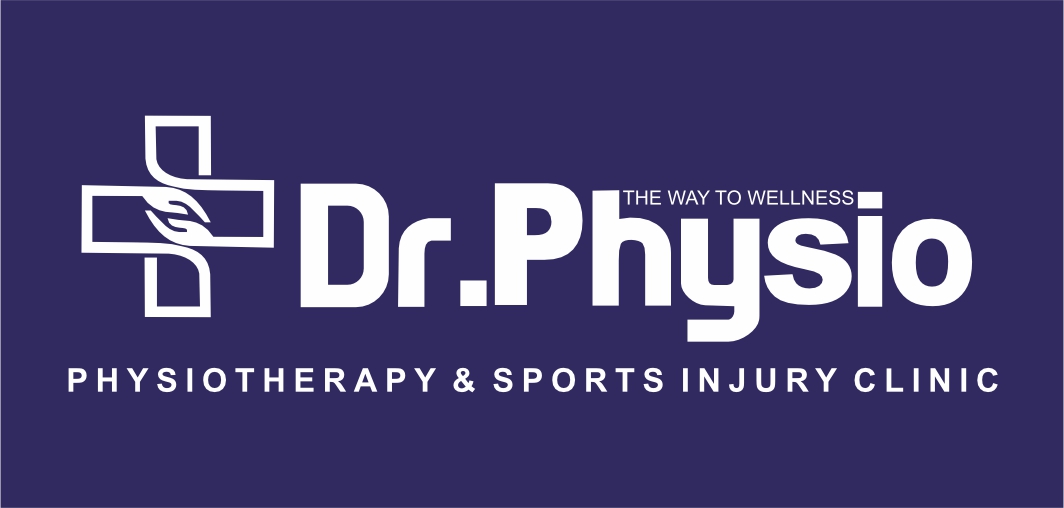+918048039022

This is your website preview.
Currently it only shows your basic business info. Start adding relevant business details such as description, images and products or services to gain your customers attention by using Boost 360 android app / iOS App / web portal.
Gross motor function in children refers to their a...

Gross motor function in children refers to their ability to use large muscle groups to perform tasks that involve movement and coordination. These movements are critical for a child’s physical development and are the foundation for more complex skills as they grow. Gross motor skills involve activities such as crawling, walking, running, jumping, and maintaining balance Below are key aspects of gross motor function in children: 1. Developmental Milestones Gross motor skills develop in a predictable sequence, and they are closely monitored to assess a child's development. Common milestones include: Infants: Rolling over, sitting up, and crawling. Toddlers: Standing, walking, climbing, and beginning to run. Preschoolers: Running, jumping, hopping, and balancing on one foot. School-aged children: Skipping, riding a bike, playing sports, and mastering coordination. 2. Core Areas of Gross Motor Function Balance: The ability to maintain body stability while stationary or during movement, essential for activities like standing or walking. Coordination: The capacity to move different parts of the body in sync, such as using both arms and legs together for tasks like climbing or swimming. Strength: The development of muscle power in the arms, legs, and core, which allows children to lift their own body weight or objects, and perform tasks like running or jumping. Endurance: The stamina required to sustain physical activity over time, such as playing for extended periods or walking longer distances. 3. Factors Affecting Gross Motor Development Genetics: A child’s natural physical abilities play a role in how quickly they develop gross motor skills. Environment: Opportunities for physical play, exposure to different types of movements, and access to safe, open spaces contribute to motor development. Health Conditions: Neurological, muscular, or developmental conditions (such as cerebral palsy, muscular dystrophy, or Down syndrome) can impact the progression of gross motor skills. Early Intervention: For children with delays in motor function, early therapy (such as physiotherapy or occupational therapy) can support their development. 4. Importance of Gross Motor Skills Gross motor skills are crucial for a child’s overall development, enabling them to engage in everyday tasks and participate in social and play activities. They also form the basis for fine motor skills, which involve smaller movements like writing or buttoning a shirt. 5. Assessment of Gross Motor Function Tools like the Gross Motor Function Classification System (GMFCS) are used to assess children with motor impairments, particularly those with conditions like cerebral palsy. The GMFCS evaluates abilities such as sitting, walking, and other activities involving mobility. 6. Promoting Gross Motor Development Play-Based Activities: Encouraging outdoor play, games like hopscotch, or activities like swimming can enhance gross motor skills. Structured Exercises: Specific exercises, such as balance training, running drills, or core strengthening, can aid development. Physiotherapy: For children with delays or impairments, targeted therapy can help improve muscle strength, coordination, and mobility. At our center, Dr. Physio, focusing on specialized physiotherapy interventions tailored to each child’s unique gross motor challenges can significantly boost their motor development.

